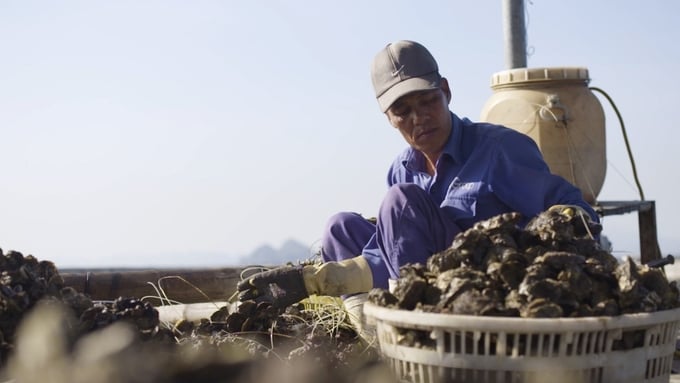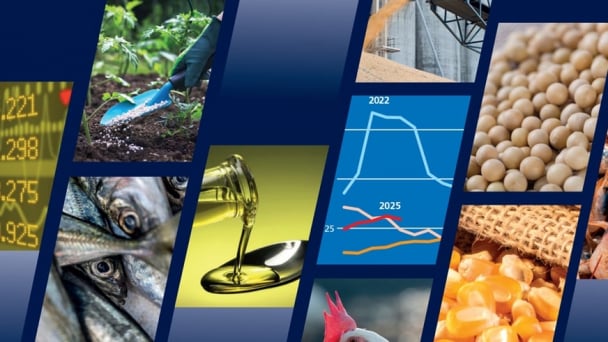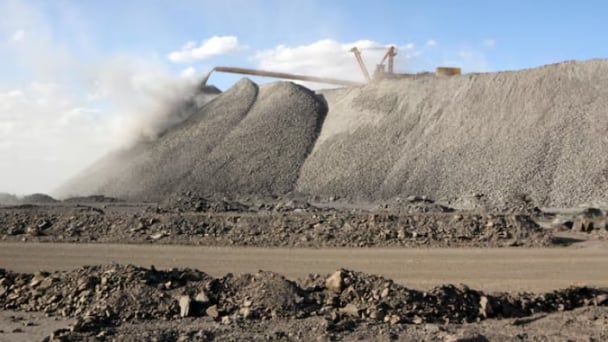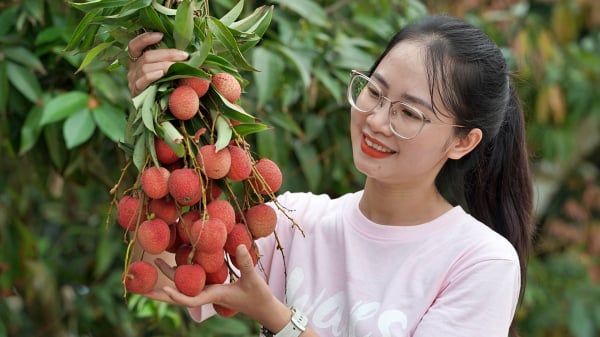June 17, 2025 | 21:04 GMT +7
June 17, 2025 | 21:04 GMT +7
Hotline: 0913.378.918
June 17, 2025 | 21:04 GMT +7
Hotline: 0913.378.918
The seafood output in October was roughly 871,000 tons, a 2.6% increase from the previous year, according to the MARD report. Consequently, the entire seafood production in the first ten months of the year amounted to nearly 7.9 million tons, a 2.5% increase from the previous year. The output of exploited seafood increased by 0.6% to nearly 3.3 million tons, while the output of cultivated seafood increased by 3.8% to nearly 4.6 million tons.

Enterprises need to enhance their competitiveness by improving product quality and diversifying export markets. Photo: Hong Tham.
The seafood export turnover of Vietnam in the first ten months of 2024 amounted to 8.33 million USD, a 12% increase from the previous year. Shrimp's value increased by 13.9% to USD 3.23 billion USD, while pangasius's value increased by 8.7% to $1.54 billion USD.
In particular, Vietnam's seafood export turnover increased by nearly 31% from the same period last year, reaching USD 1.1 billion in October 2024. This is the first time in 27 months (since June 2022) that monthly seafood exports have returned to the USD 1 billion level, according to the Vietnam Association of Seafood Exporters and Producers (VASEP). This milestone is encouraging for Vietnamese seafood businesses.
The three greatest markets for Vietnamese seafood are the United States, China, and Japan. The seafood industry is confident that it will surpass its USD 10 billion export goal this year, following its remarkable growth in recent months.
According to Phung Duc Tien, the Deputy Minister of Agriculture and Rural Development, Vietnam's seafood export turnover had reached USD 8.33 billion by the end of October 2024. The seafood exports would be able to reach the USD 10 billion target for the year by attaining USD 900 million each month with two months remaining. The Prime Minister has designated this as a critical objective for the industry and the MARD.
"The accomplishment of this outcome is reassuring." We are on course to achieve our 2024 objective, despite the obstacles we faced, particularly in the aftermath of Typhoon No. 3, which significantly impacted the livestock and marine sectors. This year is of great importance as it moves closer to the finish line and concludes the 2021-2025 phase," the Deputy Minister declared.
Ms. Le Hang, Communications Director of VASEP, identified the Vietnamese seafood industry's obstacles as tax and regulatory obstacles from key markets, as well as climate and environmental fluctuations that impact raw material supply. Furthermore, regional competition is becoming increasingly fierce.
Despite the prime import season, a domestic raw material shortage persists in the shrimp and pangasius sectors. In order to optimize market opportunities, businesses must adopt a more adaptable approach to utilizing reserves and alternative supply sources.

The fisheries industry is showing many optimistic signs to achieve the goals set for 2024. Photo: HT.
The export of tuna, calamari, and octopus has experienced a decline in comparison to the first half of the year, despite positive growth in October. This is a result of Government Decree No. 37, which imposes regulations on harvested seafood, resulting in delays in certification processes at numerous fishing ports.
Fishermen are hesitant to violate the minimum 0.5-meter size requirement or find themselves unable to sell to processing facilities, which has resulted in the stalling of entire harvesting phases for skipjack tuna, a primary raw material for canned processing.
Additionally, the harvested seafood sector is eagerly anticipating a favorable outcome from the European Union's forthcoming inspection in November 2024 under the Anti-IUU (Illegal, Unreported, and Unregulated) Fishing Program.
In this context, Ms. Le Hang recommends that enterprises improve product quality and diversify export markets to increase their competitiveness.
Deputy Minister Phung Duc Tien has stated that the objective from this point forward is to sustain the development momentum until the end of the year. Consequently, localities are required to adhere to Directive No. 32, which aims to enhance the Party's leadership in the fight against IUU fishing and the promotion of sustainable seafood development. They should also concentrate on reducing harvest volumes, continuing to recover production in the wake of Typhoon No. 3, and diversifying farmed species and developing aquaculture. Currently, infrastructure issues are not receiving the necessary attention, which is a critical area.
Translated by Linh Linh
/2025/06/17/2344-1-131758_261.jpg)
(VAN) Amid tariff risks and growing trade barriers in the U.S. market, Australia is emerging as a promising destination to sustain the growth momentum of Vietnam's shrimp exports.
/2025/06/17/2013-1-nongnghiep-112009.jpg)
(VAN) This notable growth trend reflects the global taste for fresh, nutritious fruits and the expanding use of lychees across various sectors.

(VAN) The political and cultural insulation of Japan’s beloved grain is falling apart, and experts warn the country’s relationship with the staple will have to adapt.

(VAN) Noting risks, report examines impacts of avian influenza, changing trade patterns since 2022, fish fraud, and shipping industry’s net-zero goals.

(VAN) Mr. Tran Quang Bao, General Director of the Forestry and Forest Protection Department, met and worked with the International Wood Products Association to promote cooperation in the field of timber trade.

(VAN) China's outbound shipments of rare earths in May jumped 23% on the month to their highest in a year, though Beijing's export curbs on some of the critical minerals halted some overseas sales.

(VAN) To sustain capital flow, administrative reform alone is not enough; what farmers truly need is an ecosystem where both government and businesses grow together in support.